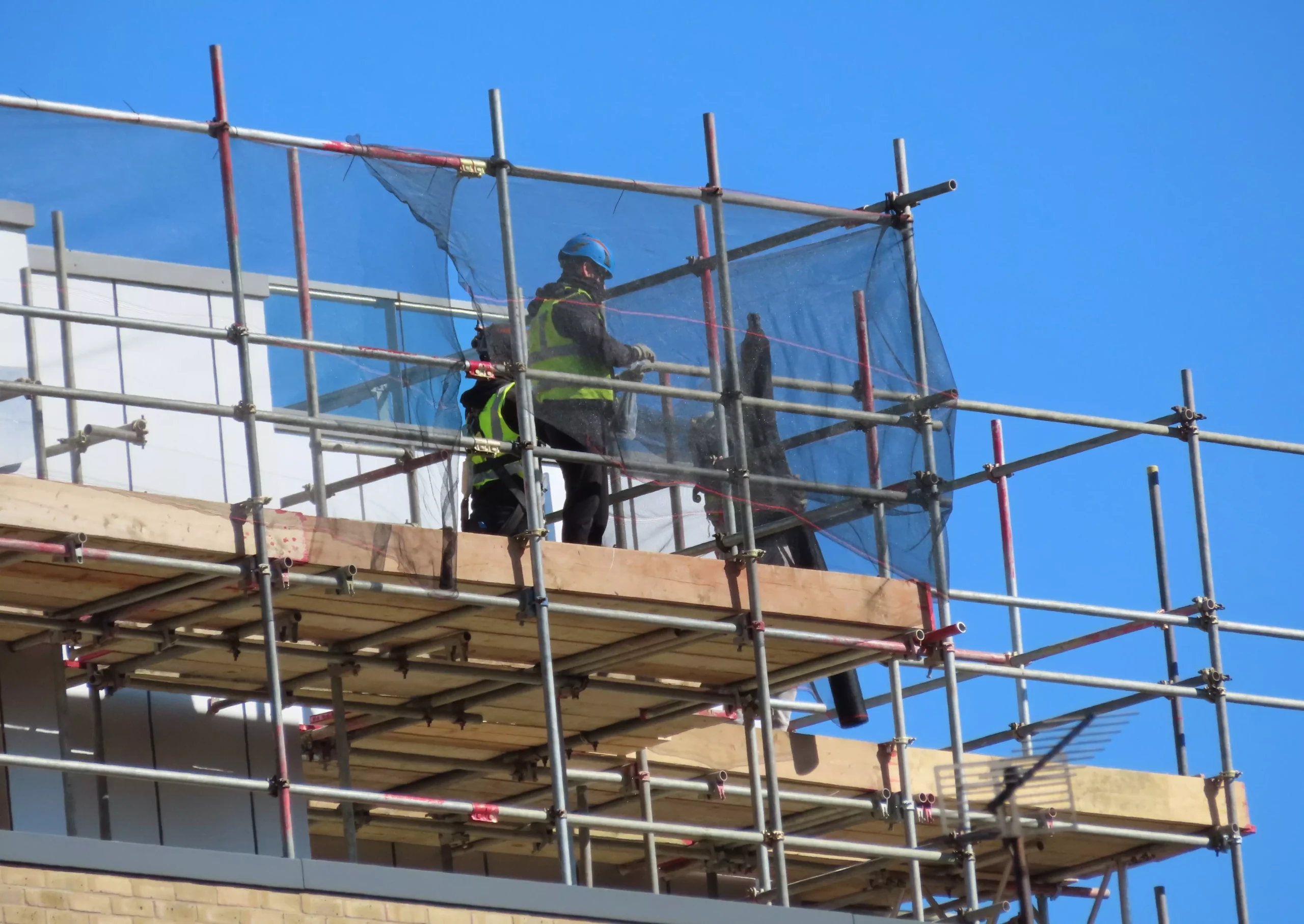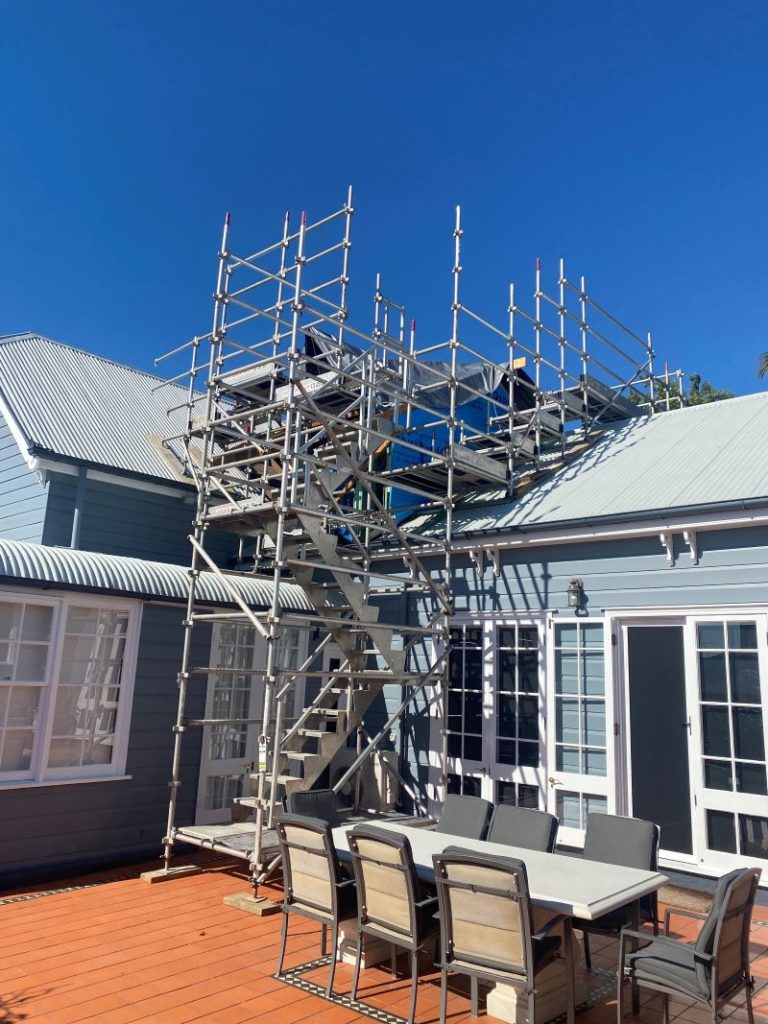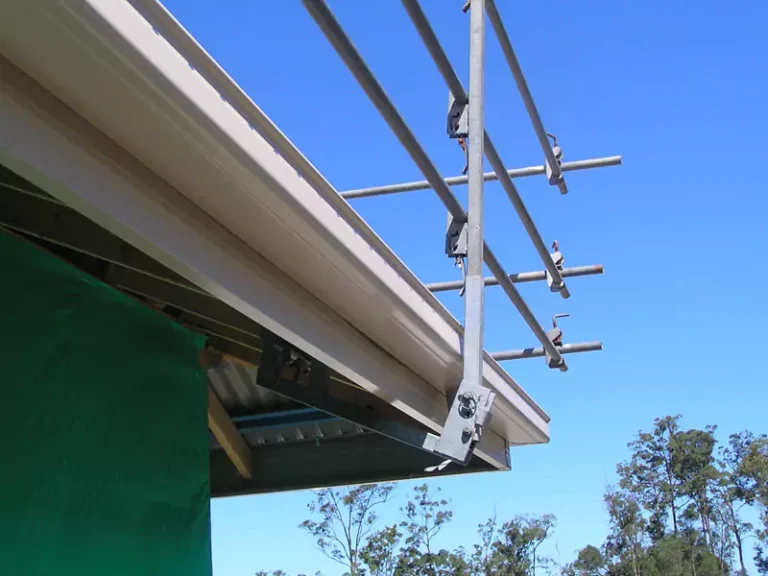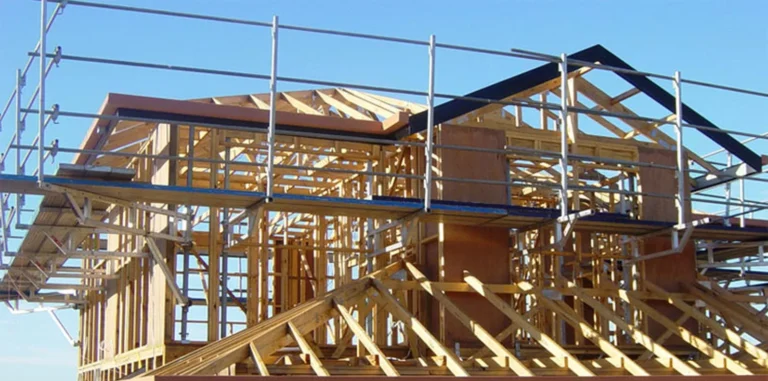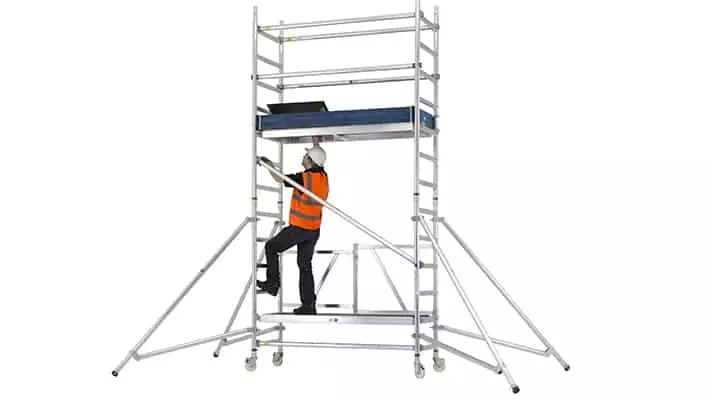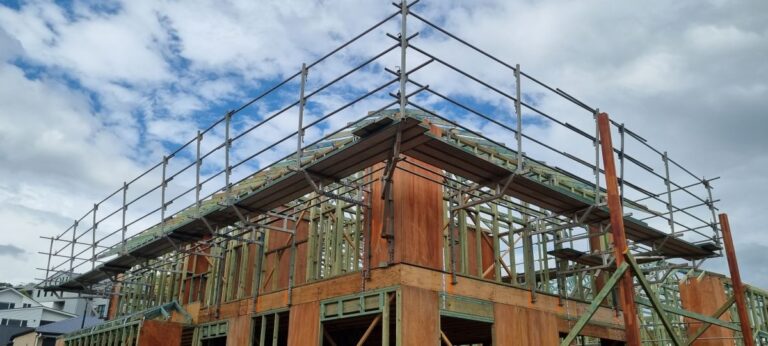How Long Does Scaffolding Stay In Place?
When it comes to renovations and restoration projects, proper scaffold usage is vital. It plays a crucial role in ensuring the safety of workers, protecting the integrity of the structure, and facilitating efficient completion of the project.
Ensuring Safety during Renovations and Restoration Projects
The primary concern during any construction or renovation work is the safety of the workers involved. By providing a stable and secure platform, scaffolding helps minimize the risk of accidents and injuries. It allows workers to access elevated areas safely, reducing the chances of falls and providing a stable base for performing tasks.
Scaffolding also provides a means for workers to transport tools, equipment, and materials to various levels of the structure. This eliminates the need for workers to carry heavy loads up ladders or stairs, reducing the risk of strain or fatigue-related accidents.
In addition to worker safety, scaffolding ensures the safety of others in the vicinity of the construction site. It helps prevent falling debris, provides protection from potential hazards, and enables better control over the work area.
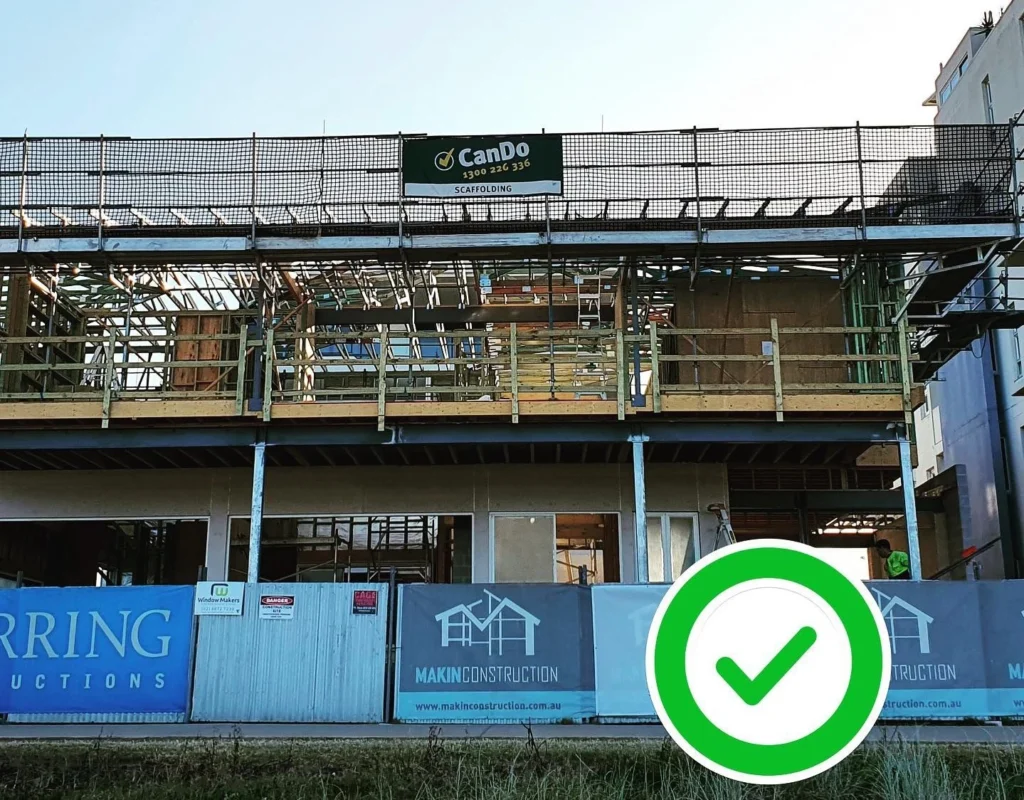
Understanding the Role of Scaffolding
Scaffolding serves as a temporary structure that supports workers, tools, and materials during construction, repairs, or maintenance projects.
Scaffolding can be customised to suit the specific requirements of each project, allowing for flexibility in its design and configuration. It can be erected around buildings, homes, or any structure that requires access to elevated areas.
By providing a safe and stable working platform at various heights, scaffolding enables workers to carry out tasks efficiently and effectively. It allows for better organisation and coordination, leading to smoother workflow and increased productivity.
Factors Affecting Scaffold Duration
The duration for which scaffolding stays in place can vary depending on various factors. These factors include the project size and complexity, the type of construction or renovation work, and local regulations and requirements.
Project Size and Complexity
The size and complexity of a construction or renovation project play a significant role in determining how long scaffolding will be needed. Larger projects, such as the construction of high-rise buildings or major renovations, often require scaffolding for an extended period. The intricate nature of these projects necessitates a longer duration for scaffolding to support the work safely and efficiently.
On the other hand, smaller-scale projects may require scaffolding for a shorter duration. For example, gutter replacement or minor repairs may only necessitate scaffolding for a limited period.
Type of Construction or Renovation Work
The specific type of construction or renovation work being undertaken is another crucial factor in determining scaffold duration. Different projects have varying requirements for scaffolding. For example, the development of a new unit block often involves complex structural work and requires scaffolding for an extended period while scaffolding required for residential painting or installing temporary signage may only require scaffolding for a couple of days.
Scaffolding Safety Requirements
Inspection and Maintenance:
Scaffolding must be inspected by a competent person:
- Before first use
- After any incident that may impact its stability2
- After repairs
- At least every 30 days while in use
- Scaffolding should only remain up for as long as necessary to complete the required work
Licensing and Competency:
- Workers erecting, altering or dismantling scaffolding must hold the relevant class of scaffolding high risk work licence
- There are 3 classes of scaffolding licences: basic, intermediate and advanced4.
- Workers must be competent to perform scaffolding work safely
Safe Use:
- Never use items like boxes or ladders to increase the working height1.
- Never overload the scaffolding beyond its rated capacity1.
- Never work on damaged or compromised scaffolding1.
- Ensure workers wear proper personal protective equipment like hard hats and non-skid boots1.
- Shut down work in inclement weather like high winds, rain or snow
Scaffold Design and Planning:
- Scaffolding must be designed and planned to suit the specific construction project and work requirements
- The principal contractor is responsible for determining the scaffolding needs and configuration3.
- Scaffolding design may require engineering sign-off, especially for more complex structures
Ongoing Management:
- Effective communication, coordination and consultation is required between all parties involved
- Measures must be in place to prevent unauthorized access, modifications or overloading of the scaffolding
- Regular inspections and issue resolution processes are critical
Scaffolding must be properly designed, installed, inspected, maintained and used by competent, licensed workers to ensure the safety of those working at heights.
Careful planning and ongoing management of the scaffolding is essential.
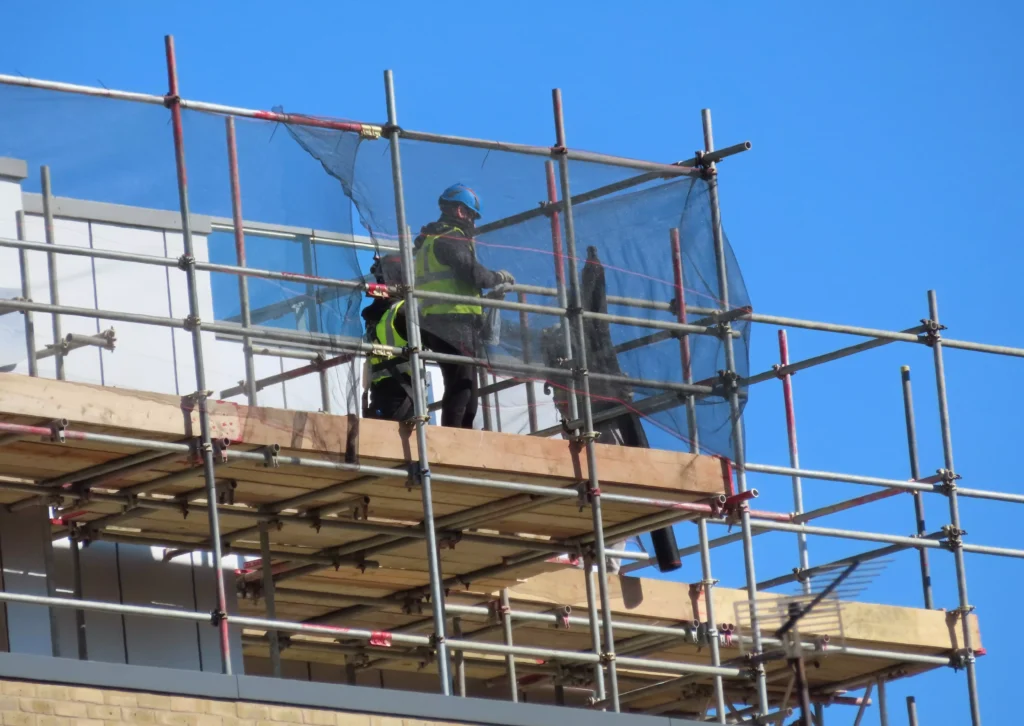
Typical Duration for Scaffold Placement
When it comes to scaffold placement, the duration can vary depending on the nature of the project and the specific requirements involved. In this section, we will explore three categories of scaffold usage: short-term, medium-term, and long-term.
Short-Term Scaffold Usage
Short-term scaffold usage typically refers to projects that require scaffolding for a relatively brief period of time. This could include tasks such as exterior painting, window replacement, or minor repairs. The duration of short-term scaffold placement can range from a few days to a few weeks, depending on the complexity and scale of the project.
Due to the shorter duration, it is essential to plan the scaffold installation efficiently to minimize disruption and maximize productivity. Once the project is completed, the scaffold can be dismantled and removed promptly, freeing up space and ensuring safety.
Medium-Term Scaffold Usage
Medium-term scaffold usage is often required for more extensive projects that involve significant renovations or restoration work. Examples of medium-term scaffold usage include major construction projects, roof repairs, or building facade refurbishment. The duration for medium-term scaffold placement can range from several weeks to several months.
During medium-term scaffold usage, regular inspections and maintenance are crucial to ensure the scaffold remains structurally sound and safe for use. It’s essential to adhere to safety guidelines and regulations to protect workers and the surrounding environment.
Long-Term Scaffold Usage
Long-term scaffold usage is typically associated with projects that require extended periods of access and support. This can include large-scale construction projects, bridge construction, or infrastructure maintenance. The duration for long-term scaffold placement can extend from several months to several years.
During long-term scaffold usage, regular inspections, maintenance, and load capacity management are critical to ensure the ongoing stability and safety of the scaffold. Compliance with local regulations and guidelines is essential throughout the entire duration of the project.
Signs for Scaffold Removal
Post-project, timely scaffold removal is crucial and should follow the completion of work, successful safety inspections, and adherence to local guidelines. Throughout its use, regular maintenance and strict safety protocols are mandatory to prevent any accidents and ensure the stability of the structure.
Passing Safety Inspections
Before removing the scaffold, it is crucial to pass safety inspections conducted by authorized personnel. These inspections are performed to ensure that the construction or renovation work has been carried out in compliance with safety regulations and industry standards. Inspectors assess the stability and integrity of the structure, as well as the adherence to safety protocols. Only when the scaffold passes these inspections can it be deemed safe for removal.
Safety Measures during Scaffold Usage
When utilising scaffolding for construction or renovation projects, it is essential to prioritise safety. Proper safety measures should be implemented to ensure the well-being of workers and the successful completion of the project. Here are some key safety measures that should be followed during scaffold usage:
Regular Inspections and Maintenance
Regular inspections and maintenance are crucial to identify any potential hazards or issues with the scaffold. Inspection should be conducted before each work shift, as well as after any significant changes or adverse weather conditions. Inspections should cover the stability of the scaffold structure, the condition of the components, and the proper installation of guardrails and other safety features. Any defects or concerns should be addressed promptly to prevent accidents or failures.
Proper Load Capacity Management
Scaffolds have specific load capacity limits that should never be exceeded. It is crucial to consider the weight of workers, tools, and materials when designing and using the scaffold. Overloading the scaffold can compromise its stability and increase the risk of accidents.
Load capacity limits should be clearly communicated and understood by all workers involved in the project. You can read more about load capacity here
Safe Working Practices for Workers
Promoting safe working practices among workers is essential to minimize the risk of accidents and injuries. All workers utilising the scaffold should receive proper training on scaffold usage, including how to safely ascend and descend the scaffold, how to navigate on the platform, and how to properly use safety harnesses and other personal protective equipment. Workers should be aware of potential hazards, such as overhead power lines or unstable ground, and take necessary precautions. Additionally, workers should be encouraged to report any safety concerns or near-miss incidents to ensure continuous improvement in safety practices.
By implementing these safety measures, you can promote a safe working environment and reduce the risk of accidents or injuries during scaffold usage. Remember, safety should always be the top priority when undertaking construction or renovation projects.
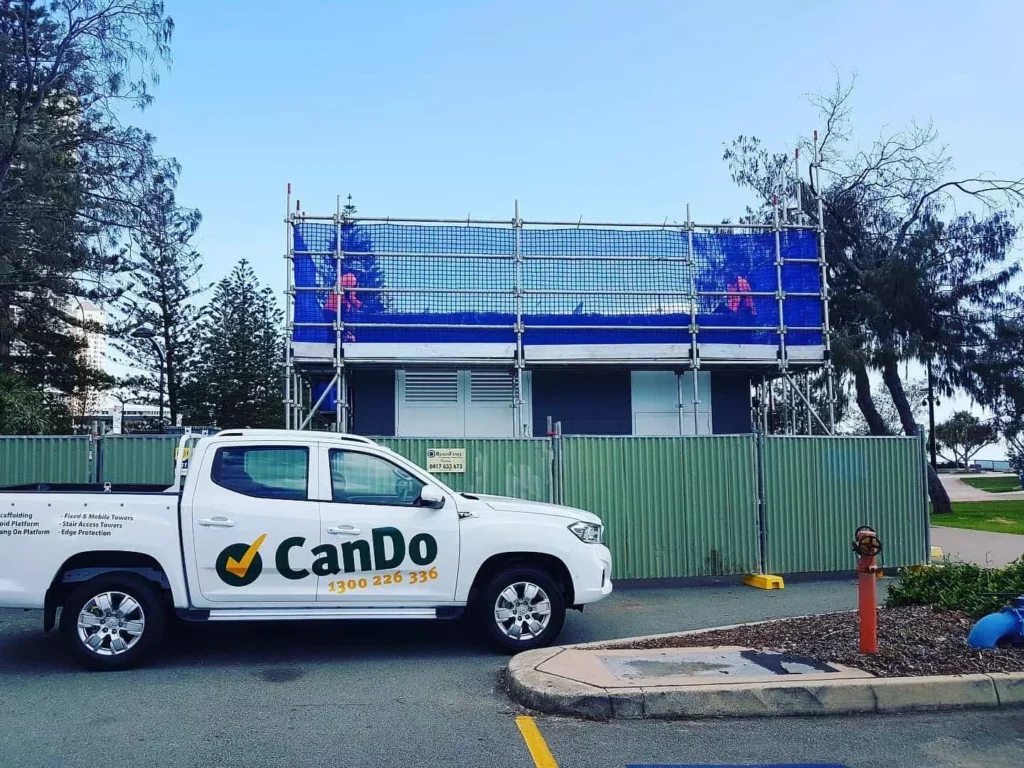
Prompt Scaffold Removal and Safety Protocols
After project completion, scaffold removal must be timely, following thorough safety checks and compliance with local standards. Continuous safety measures, including regular maintenance and adherence to load capacities, are essential to maintain the scaffolding’s integrity and prevent accidents.
Get in touch with Cando Scaffold – We can help you keep your construction projects in compliance with all regulations and your staff and workers safe at work.

